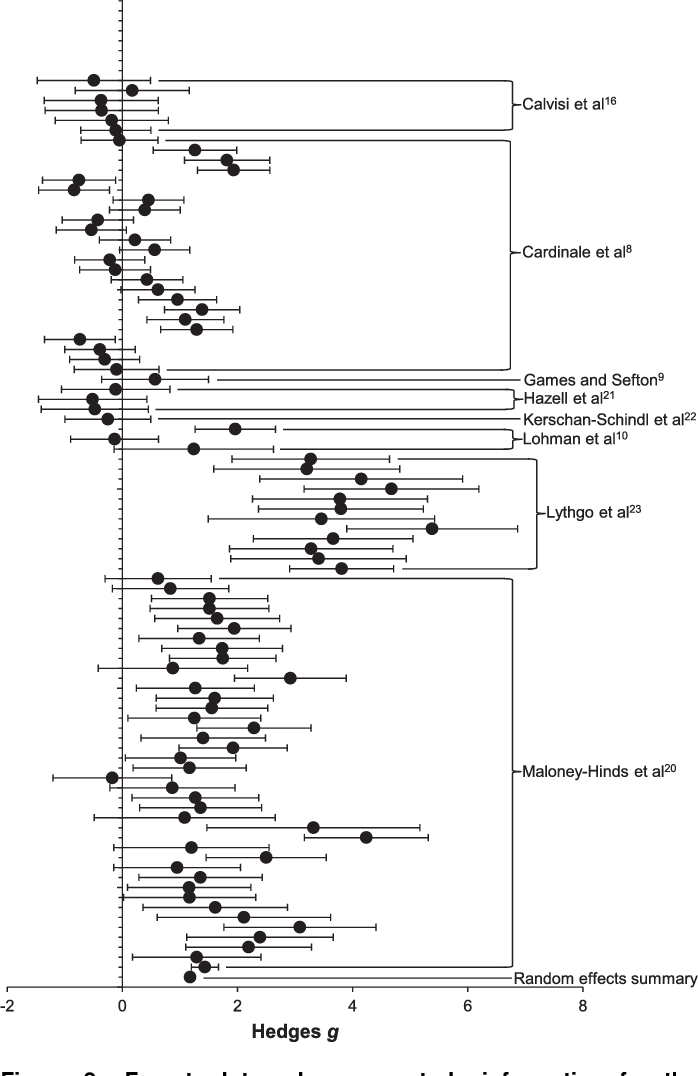Keyword: circulatory system

Games, K., J. Sefton, and A. E. Wilson. 2015. Effect of whole-body vibration on blood flow and muscle oxygenation: a meta-analysis. Journal of Athletic Training 50(5):542-549.
Abstract
CONTEXT The use and popularity of whole-body vibration (WBV) has increased in recent years, but there is a lack of consensus in the literature about the effectiveness of the treatment.
OBJECTIVE To quantitatively examine the effects of WBV on muscle oxygenation and peripheral blood flow in healthy adults.
DATA SOURCES We searched Web of Science and PubMed databases and reference lists from relevant articles using the key terms whole body vibration, whole-body vibration, WBV, blood flow, peripheral blood flow, oxygenation, muscle oxygenation, circulation, circulatory, near infrared spectroscopy, NIRS, and power Doppler. Key terms were searched using single word and combination searches. No date range was specified.
STUDY SELECTION Criteria for inclusion were (1) use of a commercially available WBV device, (2) a human research model, (3) a pre-WBV condition and at least 1 WBV experimental condition, and (4) reporting of unstandardized means and standard deviations of muscle oxygenation or peripheral blood flow.
DATA EXTRACTION Means, standard deviations, and sample sizes were extracted from the text, tables, and figures of included studies. A total of 35 and 90 data points were extracted for the muscle-oxygenation and blood-flow meta-analyses, respectively. Data for each meta-analysis were combined and analyzed using meta-analysis software. Weighted, random-effects meta-analyses using the Hedges g metric were completed for muscle oxygenation and blood flow. We then conducted follow-up analyses using the moderator variables of vibration type, vibration time, vibration frequency, measurement location, and sample type.
DATA SYNTHESIS We found 18 potential articles. Further examination yielded 10 studies meeting the inclusion criteria. Whole-body vibration was shown to positively influence peripheral blood flow. Additionally, the moderators of vibration type and frequency altered the influence of WBV on blood flow. Overall, WBV did not alter muscle oxygenation; however, when the measurement site was considered, muscle oxygenation increased or decreased depending on the location. CONCLUSIONS Acute bouts of WBV increase peripheral blood flow but do not alter skeletal muscle oxygenation. Vibration type appears to be the most important factor influencing both muscle oxygenation and peripheral blood flow